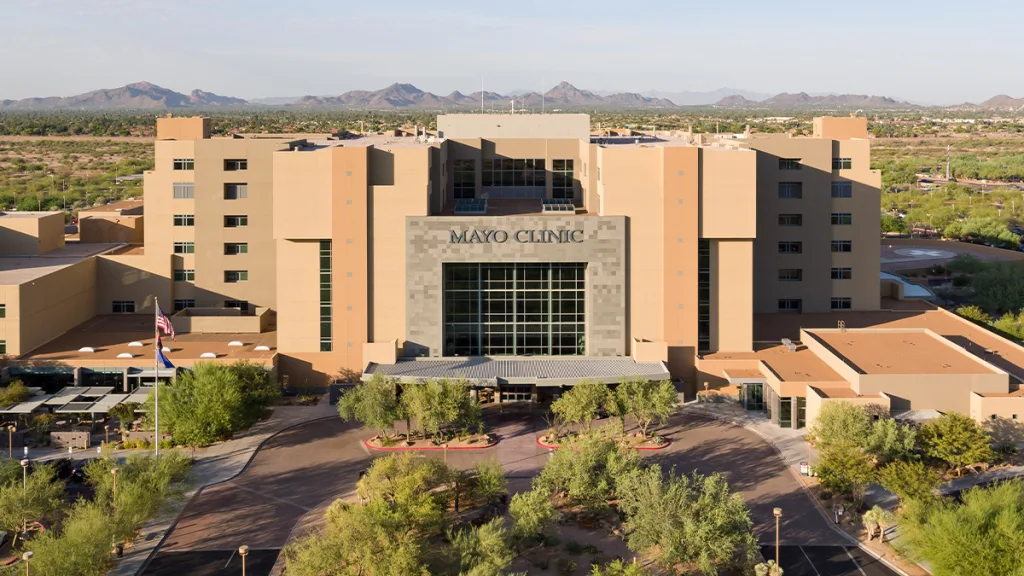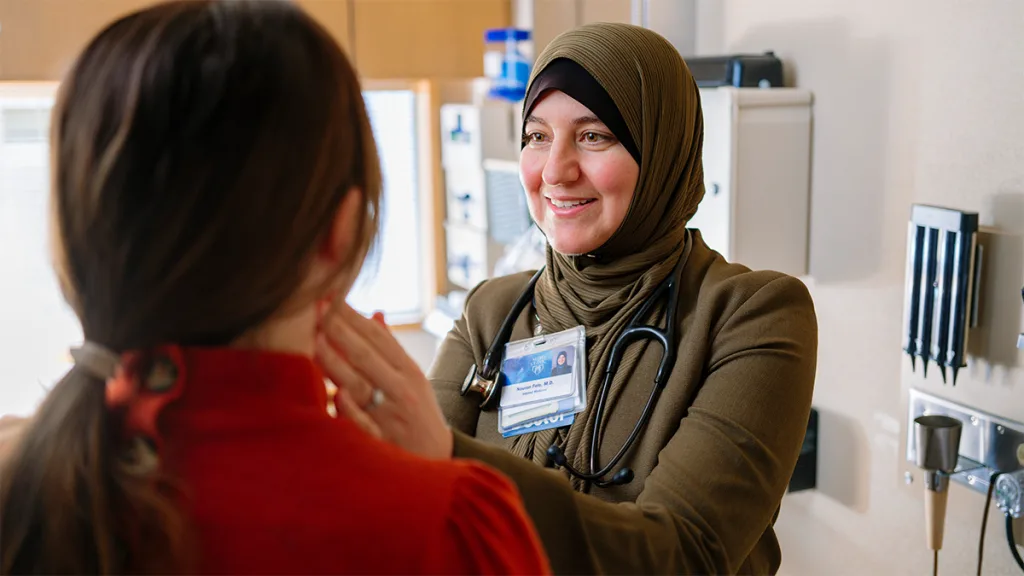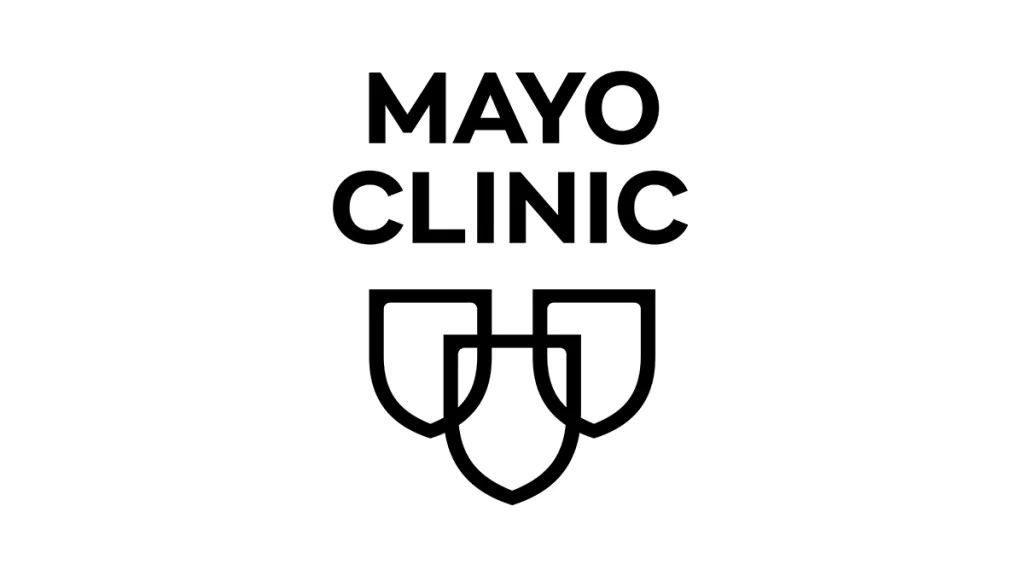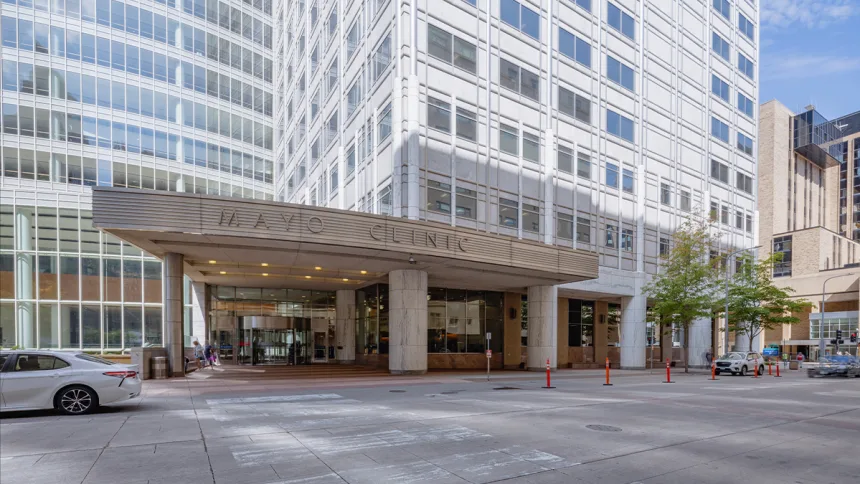Five-year-old Miana Ortiz’s life was overshadowed by daily urinary tract infections until a referral to the Mayo Clinic Care Network by her primary care provider at CHRISTUS St. Vincent. After two years of unsuccessful treatments, a pediatric nephrologist at Mayo Clinic diagnosed her with IgA nephropathy (Berger’s disease), providing a long-sought answer. With this new diagnosis, Miana could return to the joys of being a typical 5-year-old. The partnership between CHRISTUS St. Vincent and Mayo Clinic ensured she received the specialized care she needed while staying under the watchful eye of her familiar providers.
This is just one of countless success stories from the Mayo Clinic. Over its 160 years of service, Mayo Clinic has consistently provided effective treatments and bright hopes for patients. From small to major challenges, and routine to high-risk procedures, Mayo Clinic has achieved patient-friendly success at its various centres. Since its start in 1864, the Mayo Clinic has made a lasting mark on the history of healthcare. Let’s explore how it all began, their current operational achievements, and the groundbreaking advancements at Mayo Clinic.
The founding of Mayo Clinic
Mayo Clinic’s origins trace back to William Worrall Mayo, M.D. (1819–1911), born in Manchester, England, and mentored by British scientist John Dalton. After moving to the U.S. in 1846, Mayo earned two medical degrees and eventually settled in Minnesota in 1854. There, he opened a private practice in 1864. His sons, William James Mayo (Dr Will) and Charles Horace Mayo (Dr Charlie) joined his practice after completing their medical studies.

In 1883, a tornado struck Rochester, leading W. W. Mayo to organize medical relief. Collaborating with Mother Alfred Moes of the Sisters of Saint Francis, they founded Saint Mary’s Hospital, which opened in 1889. This partnership marked the beginning of Mayo Clinic, which has since grown into a renowned healthcare institution, making significant contributions to medical science and patient care over its 160-year history.
The young hospital quickly gained international fame for its low surgery mortality rates. While mortality was 25% to 30% elsewhere in the late 1890s, Saint Marys reported less than 2% in 1893. This success was due to the early adoption of aseptic techniques and nurses’ meticulous infection prevention. The exceptional surgical skills of the Mayo brothers and the compassionate care of the sisters soon became widely known.
Legacy of innovation
The Mayo Clinic’s reputation quickly blossomed, attracting more doctors. In 1901, the Mayo brothers brought on Dr. Henry Plummer, who was instrumental in transforming the independent practice into a collaborative powerhouse. He introduced the innovative standardized patient medical record and, in 1914, designed a five-story building to accommodate a fully integrated multispecialty practice with examination rooms, diagnostic facilities, outpatient surgery spaces, and research labs.
Shifting their focus to education, the Mayos created one of the world’s largest graduate medical education centres. They set up a trust to reinvest all profits into education, research, and patient care. Their boldest business move was putting themselves, their partners, and all future Mayo physicians on a salary, fostering a unique work environment.
Also Read: Mayo Clinic performs successful face transplant
In 1938, despite the loss of three pivotal figures: Sister Joseph Dempsey, Dr. Charlie, and Dr. Will, the Mayo Clinic persevered. Over the next 150 years, it reached significant medical milestones, including frozen-section tumour analysis, the discovery of cortisone, and advanced heart-lung bypass surgeries. Today, Mayo researchers continue to push boundaries with innovative studies and trials in stem cell research, gene-based treatments, and personalized therapies.
When trust takes the lead
Today, Mayo Clinic is the world’s largest integrated, not-for-profit medical group practice, with major locations in Rochester, Minnesota; Phoenix, Arizona; and Jacksonville, Florida and with a speciality clinic in London, England. Newsweek ranks it as the best hospital in the world. U.S. News and World Report has also ranked Mayo Clinic No. 1 in more specialities than any other hospital in the U.S. for seven consecutive years.

The Mayo Clinic Model of Care is defined by high-quality, compassionate medical care delivered in a multispecialty, integrated academic institution. The primary focus, meeting the needs of the patient, is achieved by embracing core elements that continue to evolve as the practice grows. Dr Mohamad Bydon, Professor of Neurosurgery at Mayo Clinic and Executive Medical Director for Europe, the Middle East, India, Africa, and International Academic Affairs, describes the Mayo Clinic Model of Care as “a set of principles that have guided our organization since its earliest days. They are the reason patients come to Mayo. Many healthcare facilities offer high-quality care, but these principles set Mayo Clinic apart.”
Patient first policy
Under the Mayo Clinic Model of Care, patient care starts with an unhurried examination, giving time to listen to the patient. Physicians take personal responsibility for ongoing patient care, working in partnership with local doctors. Mayo Clinic utilizes collegial, cooperative staff teamwork with multispecialty integration, ensuring a team of specialists is available and appropriately used. They believe in providing the highest-quality patient care with compassion, trust, and respect for patients, their families, and their local physicians.
Readers Also Read: AI translation gets a major boost with $25 million gift to Mayo Clinic
Decisive diagnoses and treatments are determined through comprehensive, timely, and efficient assessments. Patients do not wait weeks or days for answers, tests conducted in the morning often have results by the afternoon. Most initial visits to Mayo Clinic take less than a week. This does not mean care is rushed; specialist appointments are longer than average, allowing professionals to thoroughly evaluate and consult with patients. Thoughtful and comprehensive evaluations are built into the patient itinerary.
According to Dr. Bydon, “Our team approach means that you’ll never have to search for answers alone. The Mayo Clinic team will be hand-picked according to the patient’s unique needs. It will likely include specialists within and across departments to evaluate the patient’s condition from fresh perspectives.’’
International Patient Services
Every year, patients from over 150 countries travel to Mayo Clinic for care, receiving timely diagnosis and specialty care in a welcoming environment. International patients can request appointments at any Mayo Clinic location in the U.S. using the online form. Those seeking appointments in the U.K. may contact Mayo Clinic Healthcare in London. A representative from Mayo’s international appointment offices will respond within three business days. Typically, a physician referral is not needed for scheduling. Many patients book their appointments at the Mayo Clinic.
Mayo Clinic’s global reputation for exceptional patient care and novel research has made it a top choice for advanced treatments.
For additional assistance, Mayo Clinic offers experienced local contacts for patients in Canada, Colombia, the Dominican Republic, Ecuador, El Salvador, Guatemala, Honduras, India, Indonesia, Mexico, Panama, Peru, the United Arab Emirates, and Uruguay. This service is available for all Mayo Clinic locations in the U.S.
Mayo Clinic’s global reputation for exceptional patient care and novel research has made it a top choice for advanced treatments. This is especially true for CAR-T cell therapy, a revolutionary immunotherapy transforming the fight against cancer.
CAR T-Cell Therapy Program
Mayo Clinic’s CAR T-Cell Therapy Program, certified in the United States, prescribes FDA-approved CAR T-cell products in clinical practice. These therapy options bring hope to patients whose blood cancers are unresponsive to conventional treatments, including blood and marrow cell transplants. At Mayo Clinic, CAR T-cell therapy experts collaborate with the referring physician and the patient, leveraging their experience and evidence-based medicine to recommend the best treatment options.
Mayo Clinic Cancer Center conducts innovative, impactful, and unique cancer clinical trials, offering new options often unavailable elsewhere. Through tailor-made treatments and novel immunotherapy agents, Mayo Clinic continues to find answers for patients with cancer. Their commitment to medical discovery, large-scale clinical trial activity, and the recruitment of world-renowned cancer experts accelerates the impact of these therapeutic breakthroughs.
Each year, patients from over 150 countries seek care at Mayo Clinic, drawn by the institution’s leading-edge research and compassionate care. The clinic’s investment in medical advancements ensures that patients and their families receive help from the latest and most effective treatments available.
CAR-T Therapy: What to expect at Mayo Clinic
At Mayo Clinic, patients undergoing CAR T-cell therapy should expect to stay for several weeks to a few months, based on their medical needs. During the immediate post-treatment phase, lasting days to weeks, the care team closely monitors patients for any rare but possible side effects. As patients’ health stabilizes over months to years, they transition back home and resume care with their local providers, with Mayo Clinic continuing to monitor their progress through occasional visits.
Mayo Clinic Cancer Center conducts innovative, impactful, and unique cancer clinical trials, offering new options often unavailable elsewhere.
The Mayo Clinic CAR T-Cell Therapy Program offers medical professionals the chance to refer and follow patients, as well as access expert knowledge and education from key specialists. Mayo Clinic haematologists are available to discuss potential referrals and determine if CAR T-cell therapy is an appropriate treatment option. Consultations can be scheduled Monday through Friday from 8 am to 5 pm local time at each campus. Typically, the Mayo Clinic can arrange a consultation within two weeks with a specialist suited to the patient’s specific cancer or medical condition.
The evaluation process for CAR T-cell therapy is intricate, involving specialists from multiple fields. Assessing a patient’s overall health and their ability to safely undergo the therapy is crucial, alongside evaluating the specific cancer condition. Mayo Clinic’s specialists conduct these evaluations swiftly and thoroughly, ensuring patients receive the best possible care.
Building a healthier world
Mayo Clinic has become a global leader in reimagining healthcare, actively working toward greater health equity and diversity. Renowned for its thought leadership, Mayo Clinic leverages its expertise to shape policies and establish impactful partnerships, all with a view toward a more inclusive future in healthcare.
In collaboration with community organizations, Mayo Clinic tackles health disparities by providing educational resources, tailored care, and community-centered research. These efforts ensure that quality healthcare is accessible to underserved communities. Through a focus on recruiting diverse clinical trial participants and researchers, Mayo Clinic strives to reduce biases in medical research, aiming for treatments that benefit people of all backgrounds.
Preparing future healthcare leaders is also a central part of their mission. By creating pathways for diverse, dedicated professionals, Mayo Clinic supports a new generation committed to compassionate, forward-thinking care.
Their dedication to expanding access to advanced treatments, like CAR T-cell therapy, reflects Mayo Clinic’s commitment to progress in medicine, especially for those who need it most. As Mayo Clinic continues this journey, their pursuit of healthcare that is inclusive, accessible, and innovative signals a transformative era in the field, one in which healthcare advances benefit all communities.




















